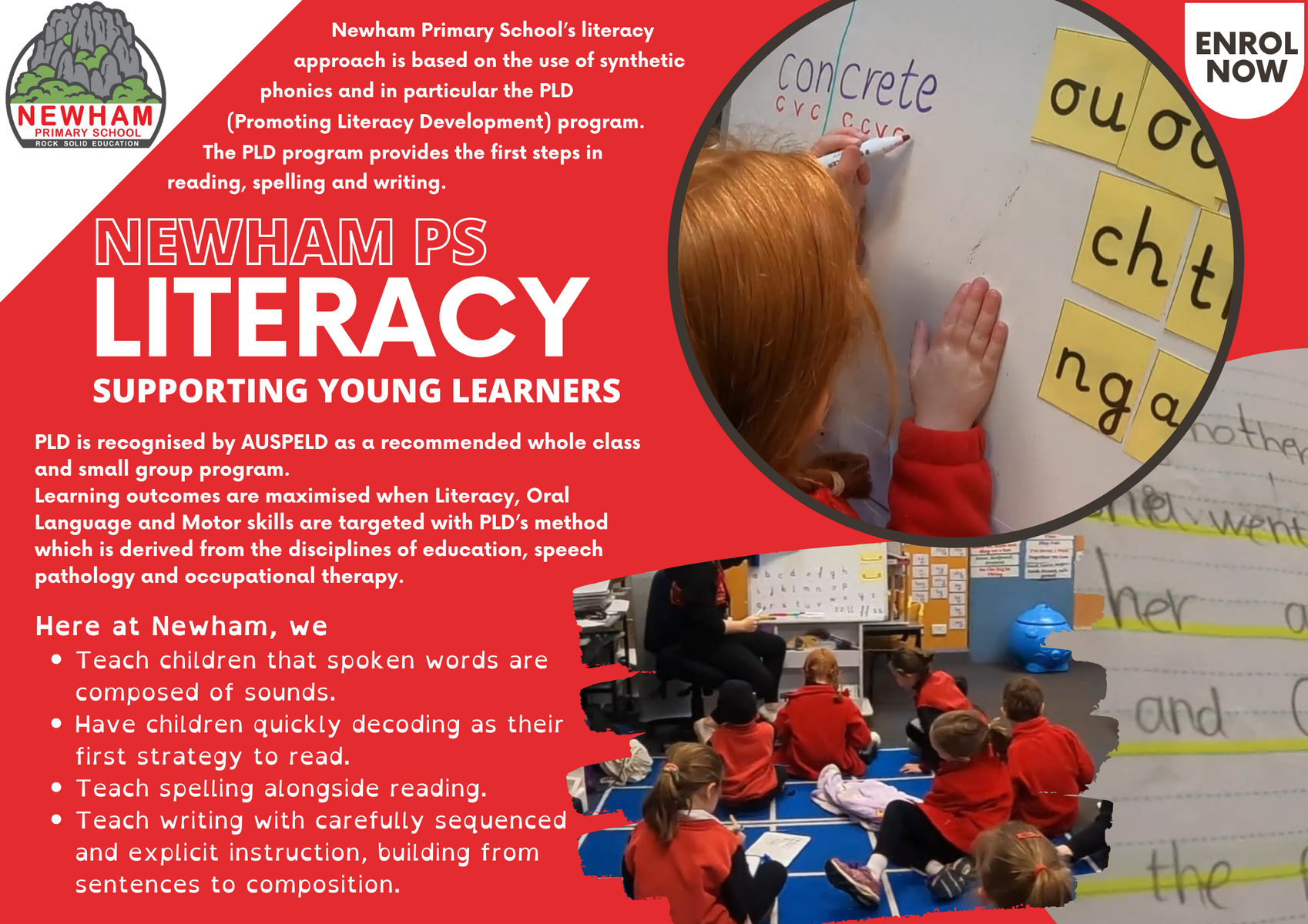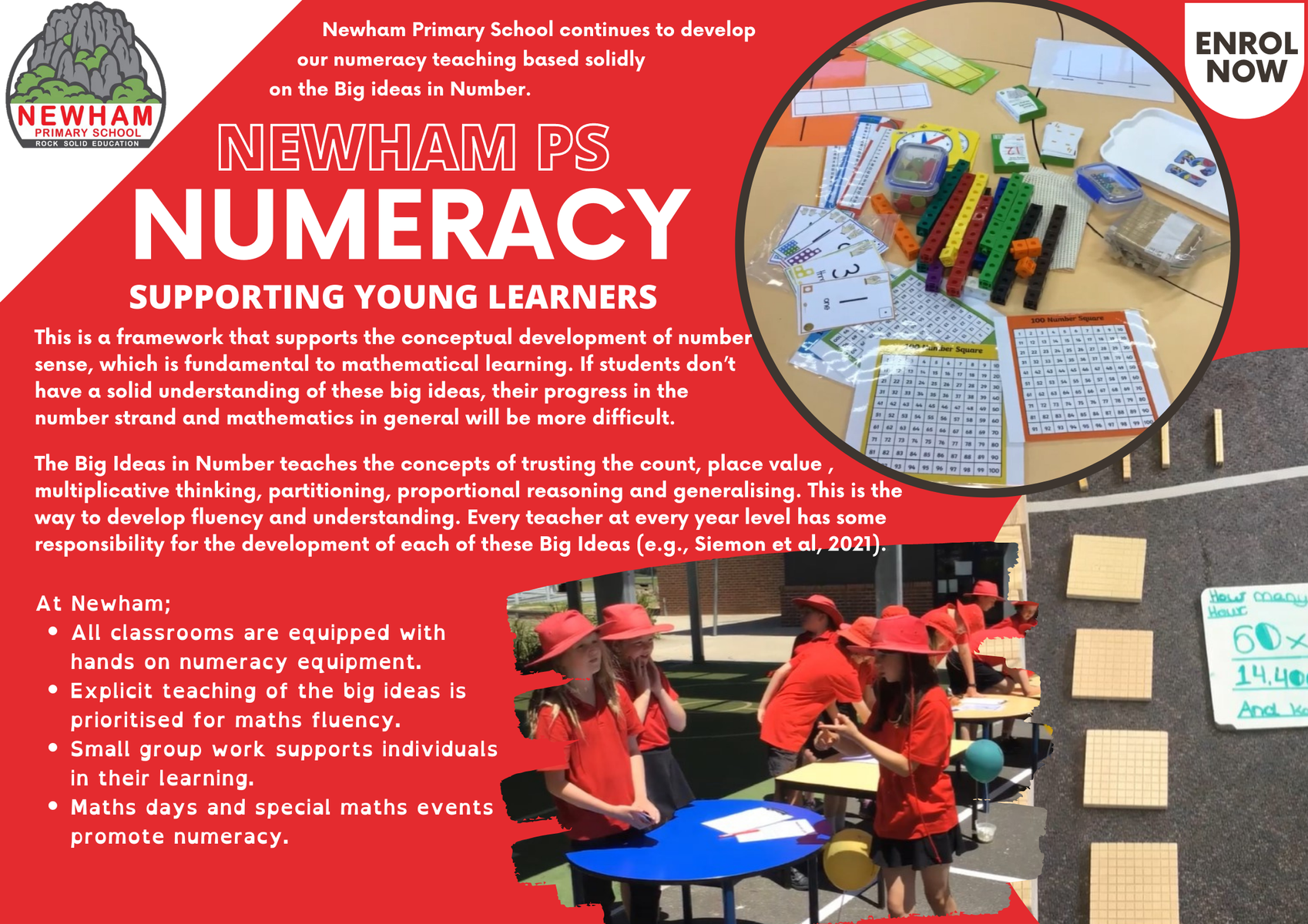Curriculum and Learning
notes from the Classrooms and DE
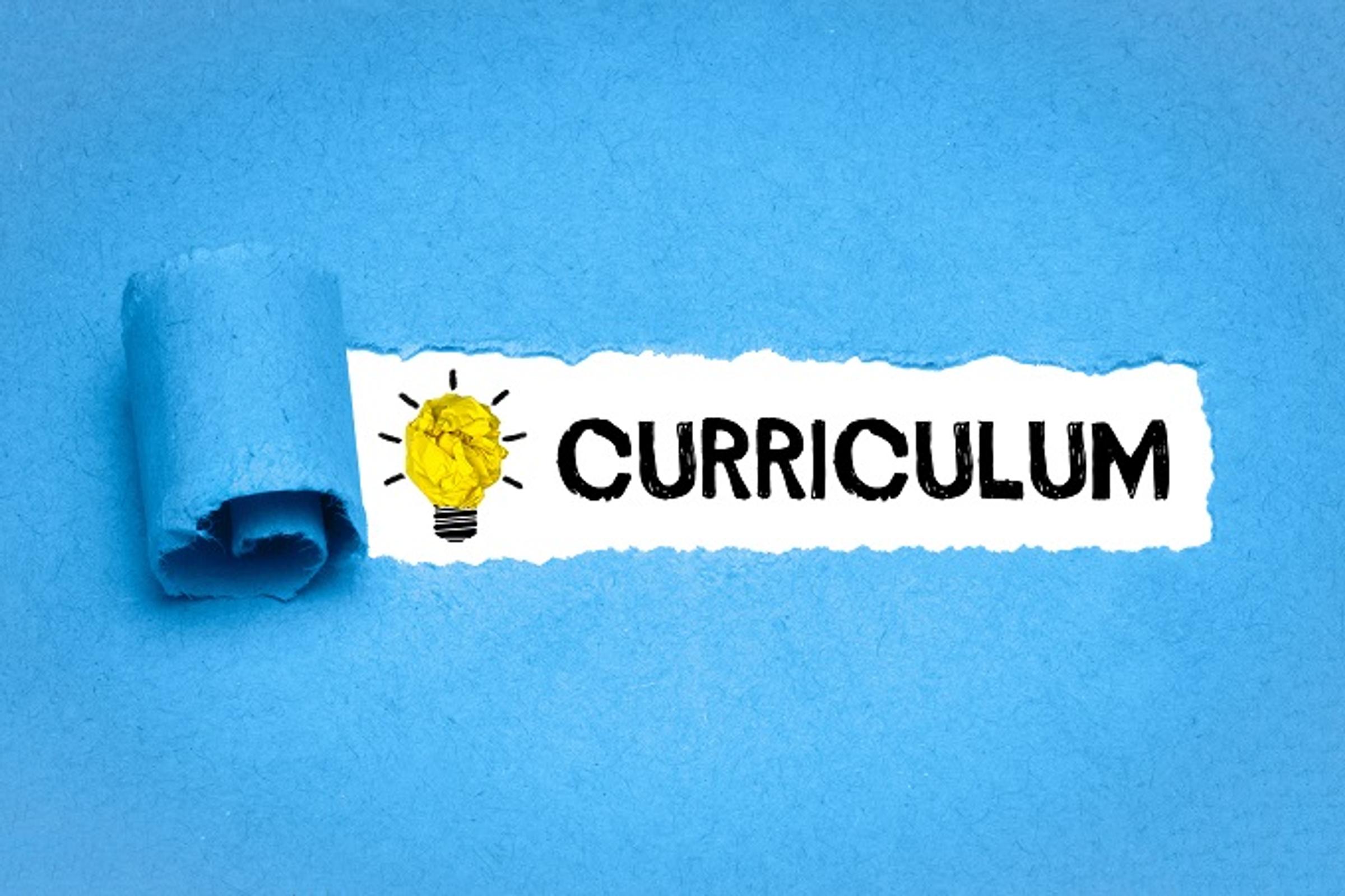
Curriculum and Learning
notes from the Classrooms and DE
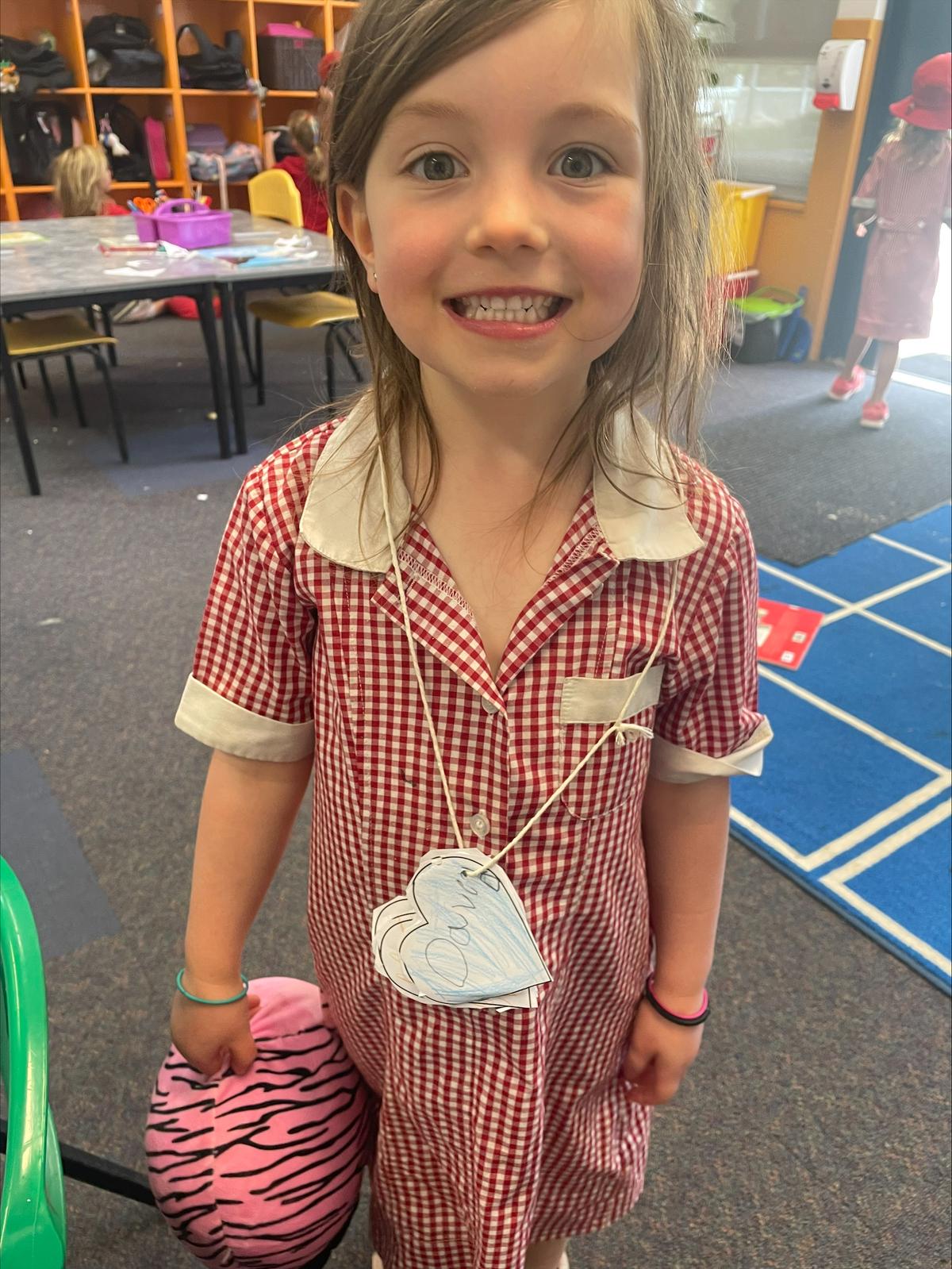
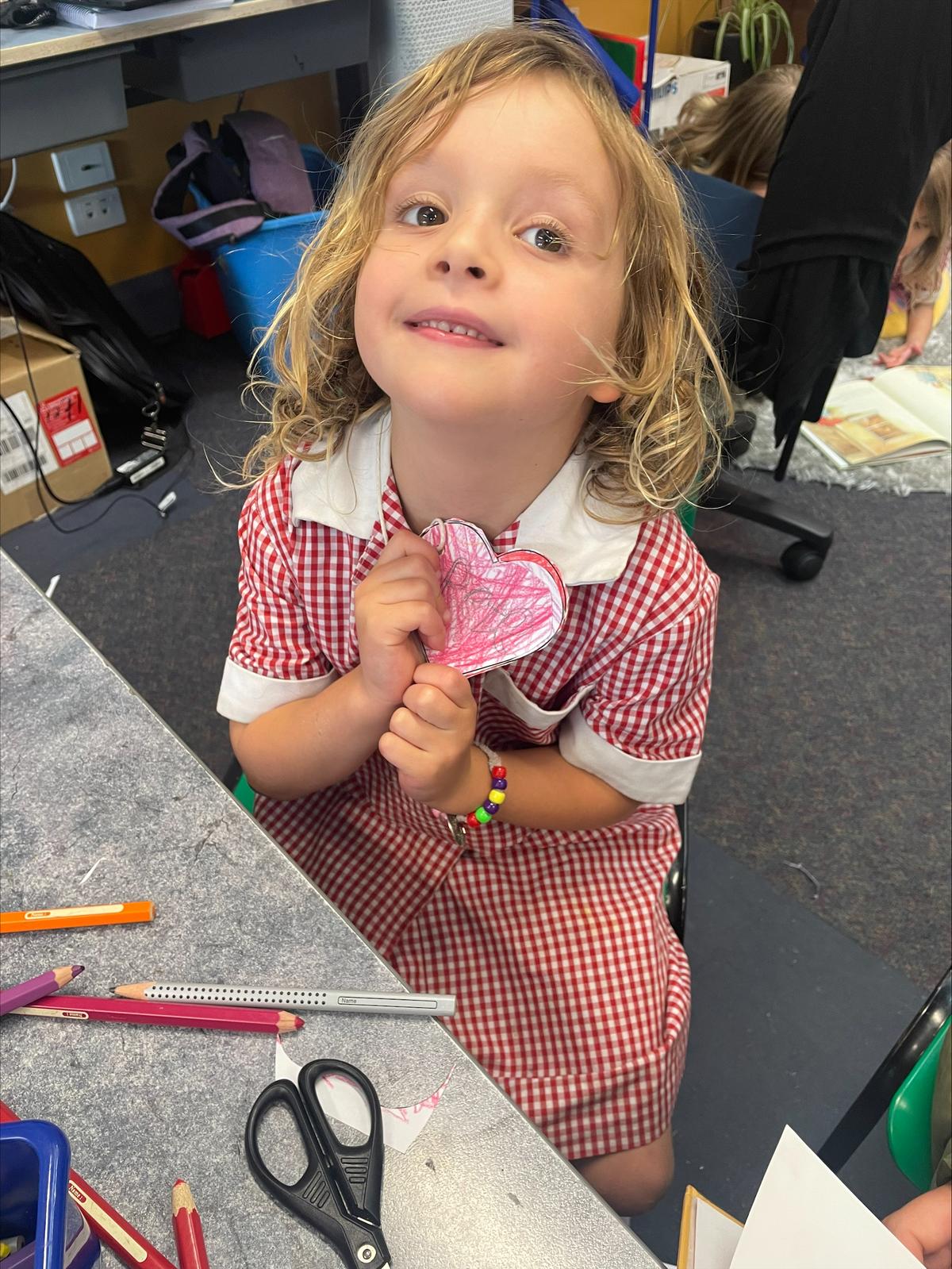
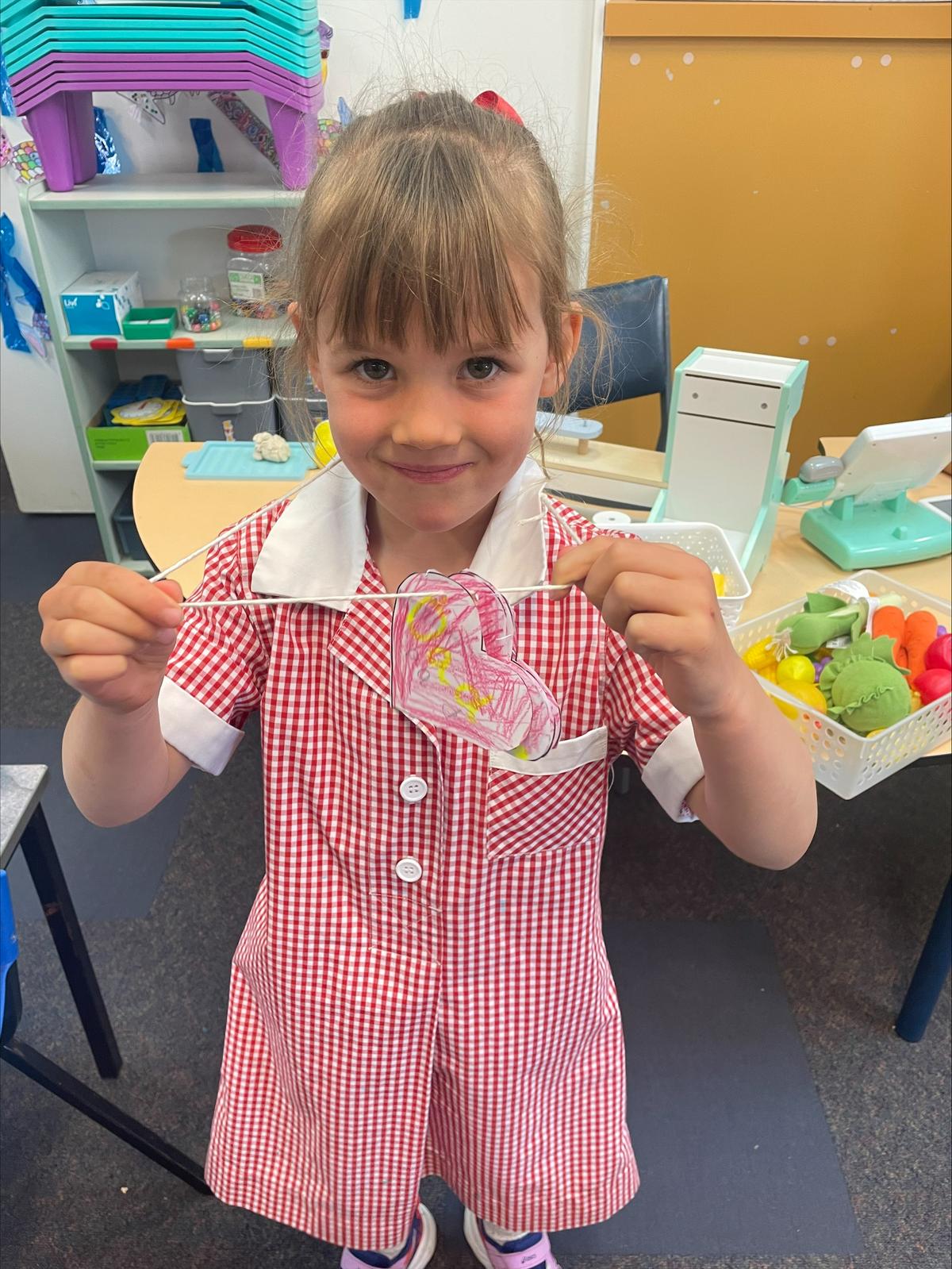
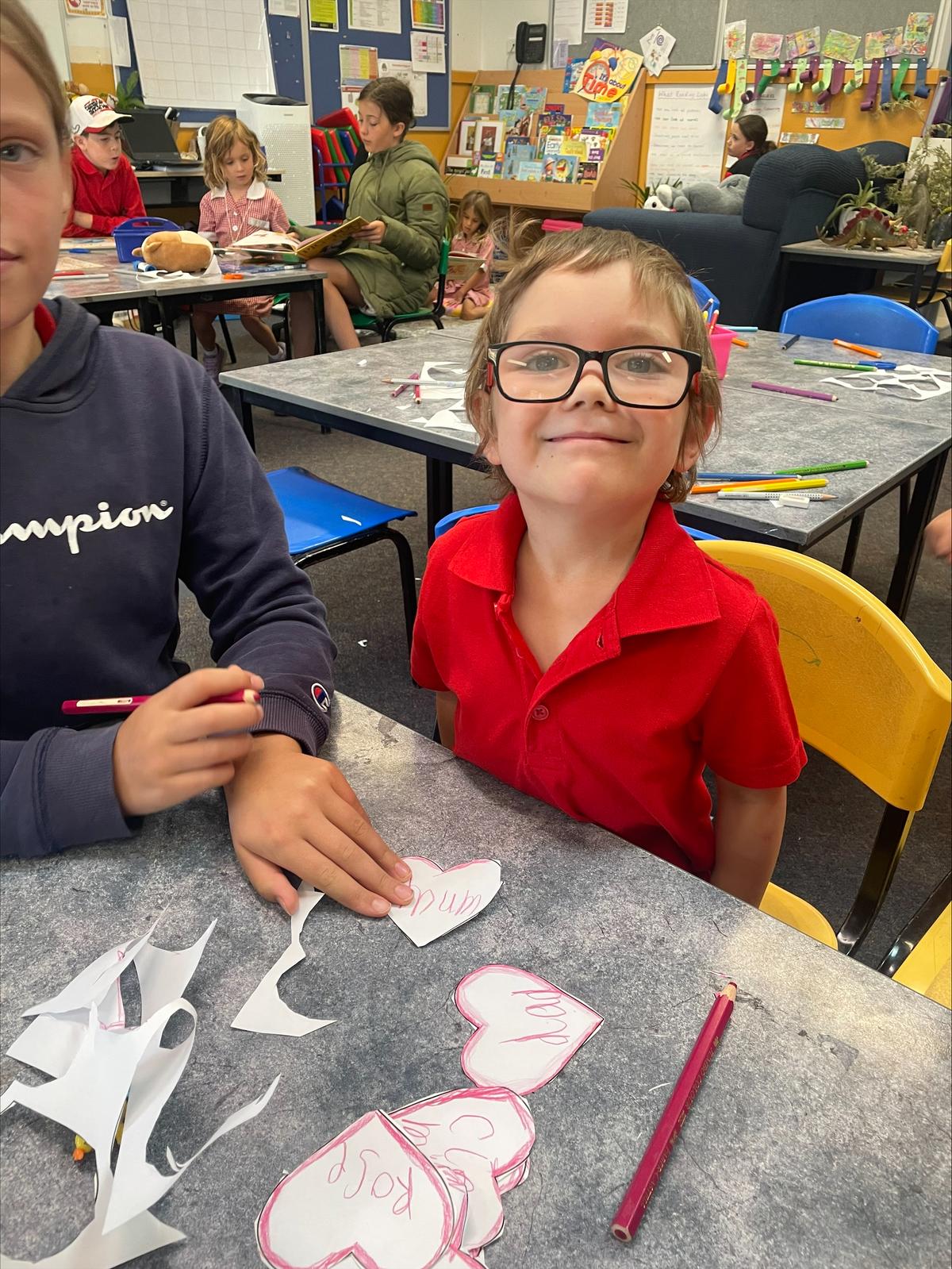






To support our junior students with separating we have been reading "The Invisible String." The story talks about an invisible string that connects our hearts to the hearts of people we love. When we are sad we can tug on the invisible string and the people we love will feel it.
We spent time this morning making our own heart strings. We wrote the names of people we love on hearts and placed them on a string. We will use these as a tool for when we are feeling a little sad or anxious or missing our loved people.
I have included a link to a read aloud below.
https://www.youtube.com/watch?v=auO15iesZTM&t=9s
Numeracy
In working with our "big ideas in number", the middle and senior classes have started the year consolidating and building their "place value" understanding to provide a solid understanding of numbers for the year ahead. Mrs Smith's class has been focusing on "trusting the count" to represent and explain all they can about numbers, providing a solid understanding of the way numbers work.
Below you'll find a link to a document outlining the big ideas in number to give you some more information about these (and other) "big ideas".
https://drive.google.com/file/d/1CIJfXVf-uWEI9lGuZxpWdCiRdTLCZvOz/view?usp=sharing
Looking for more?
Here is a link for some simple online math games to have a go at if your child is wanting some to play.
https://toytheater.com/category/math-games/
Q: How does a school determine what to do in classroom curriculum?
A: We use FISO.
FISO- Our curriculm guide
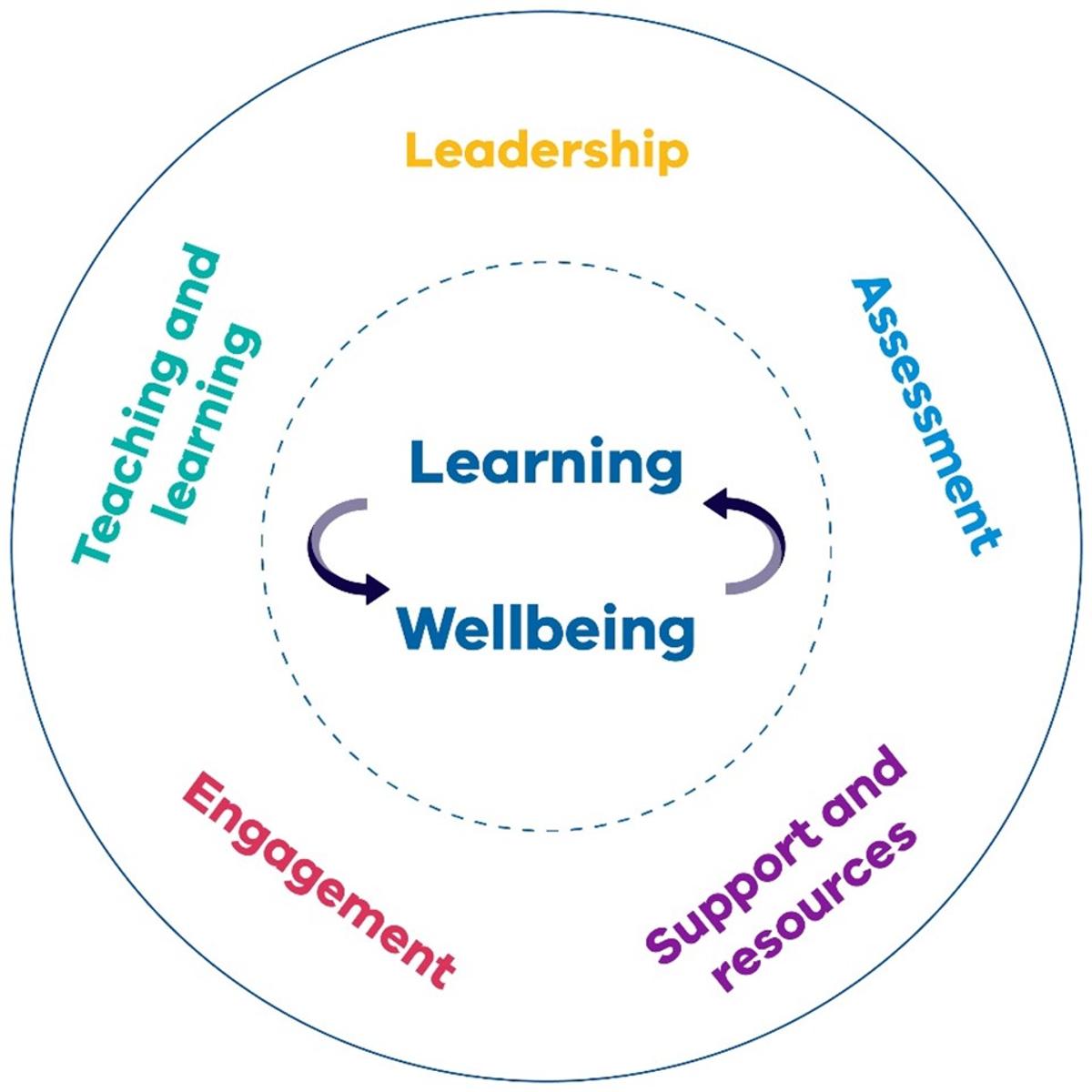

The Department of Education uses a framework for the curriculum it sets out for all government schools in Victoria.
This is known as FISO (Framework for Improving Student Outcomes).
To the left is the icon for FISO 2.0 which was reframed during the pandemic.
As you can see at its centre it places equal weight on student learning AND wellbeing. These are the core of all curriculum decisions made throughout governnment schools.
Around the outer edge are the 5 key areas of self-evaluation used by schools to determine effective curriculum. In consultation with our SEIL (Senior Education Improvement Leader- Regional support) and a range of data collected over each year including, curriculum testing, survey responses, NAPLAN and other data sources, staff draw out and determine key areas of focus. From our regular self-evaluation a level of attainment is determined and directional strategies are developed.
As well as the curriculum information provided to families via the classroom newsletters, We have developed the following flyers for use on our website and in enrolment packs. They give a summary of what our curriculum looks like here at Newham Primary School.
